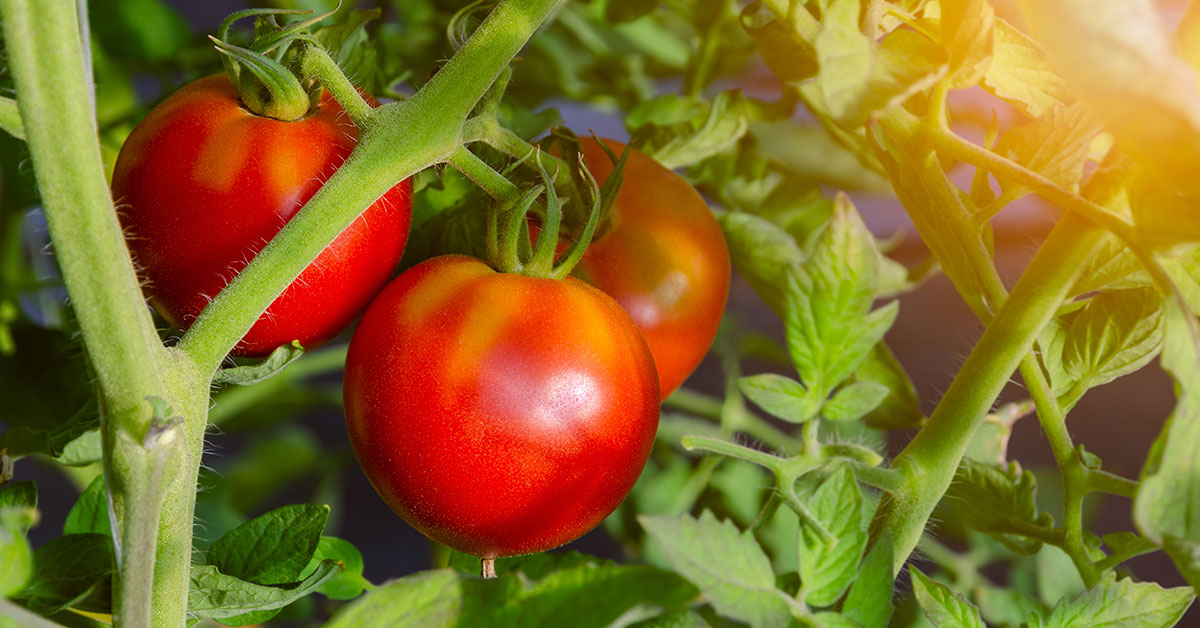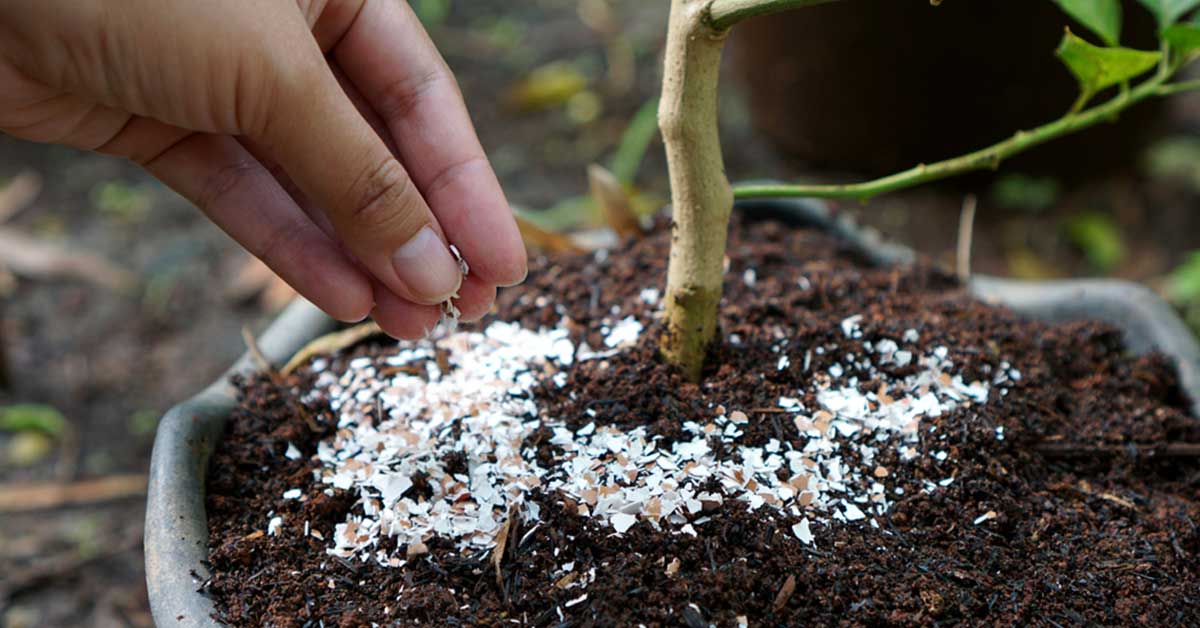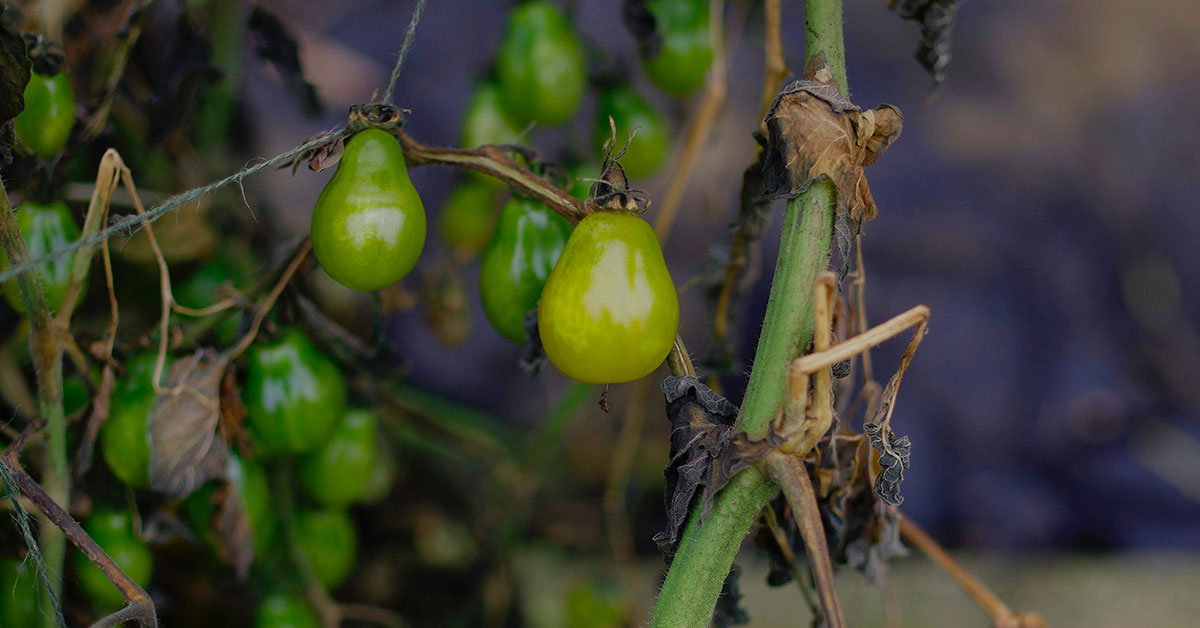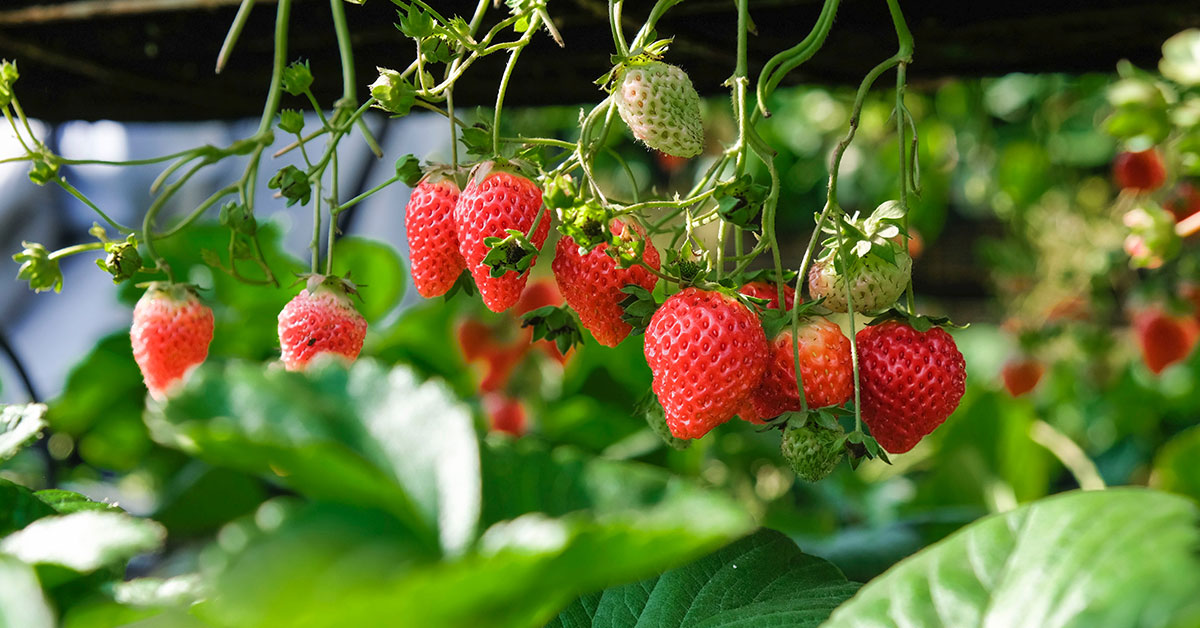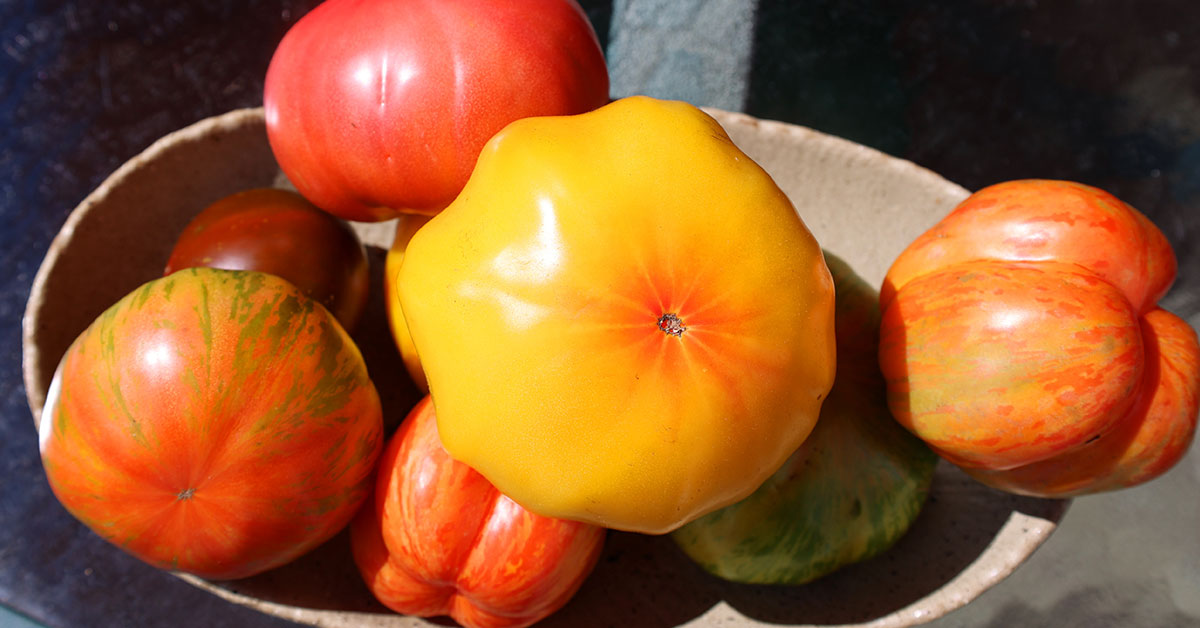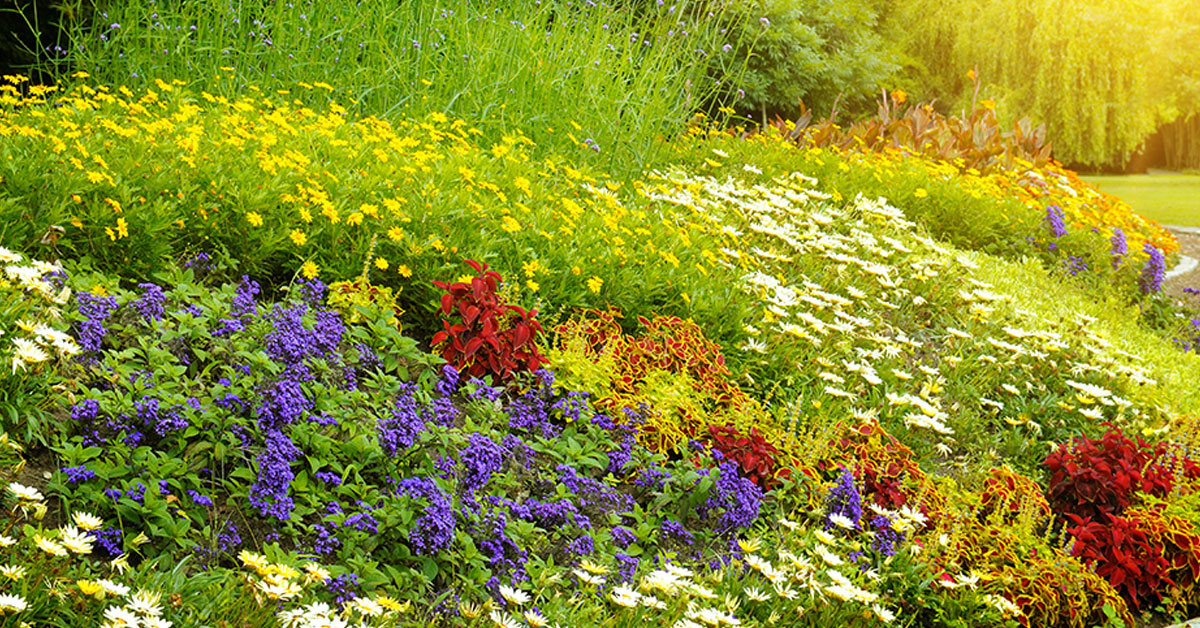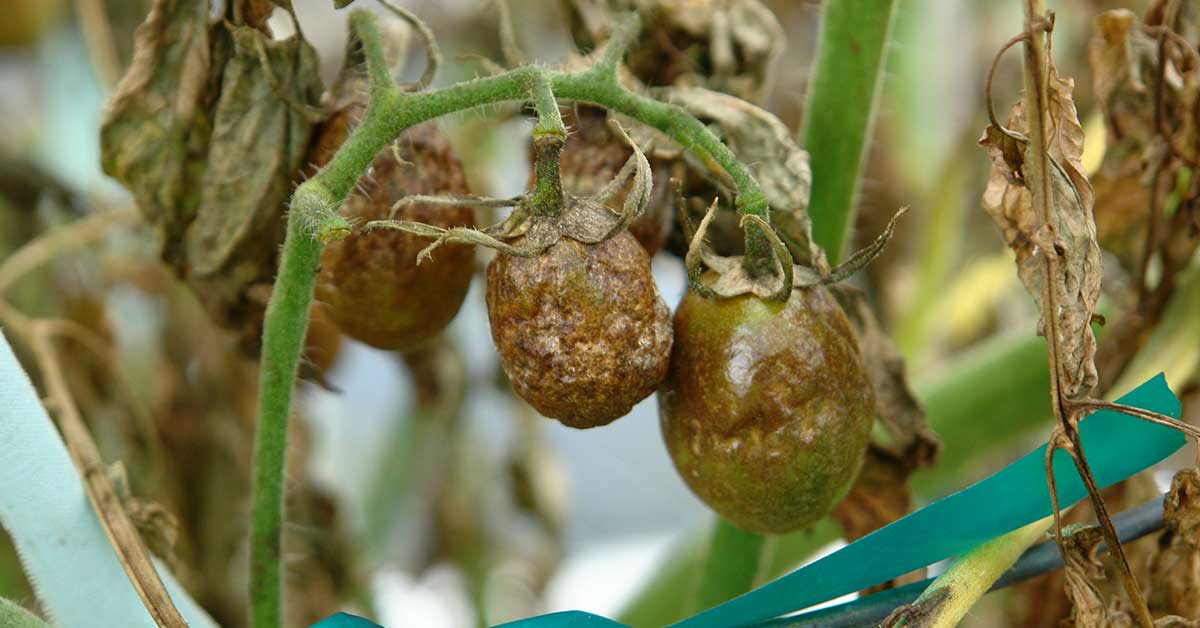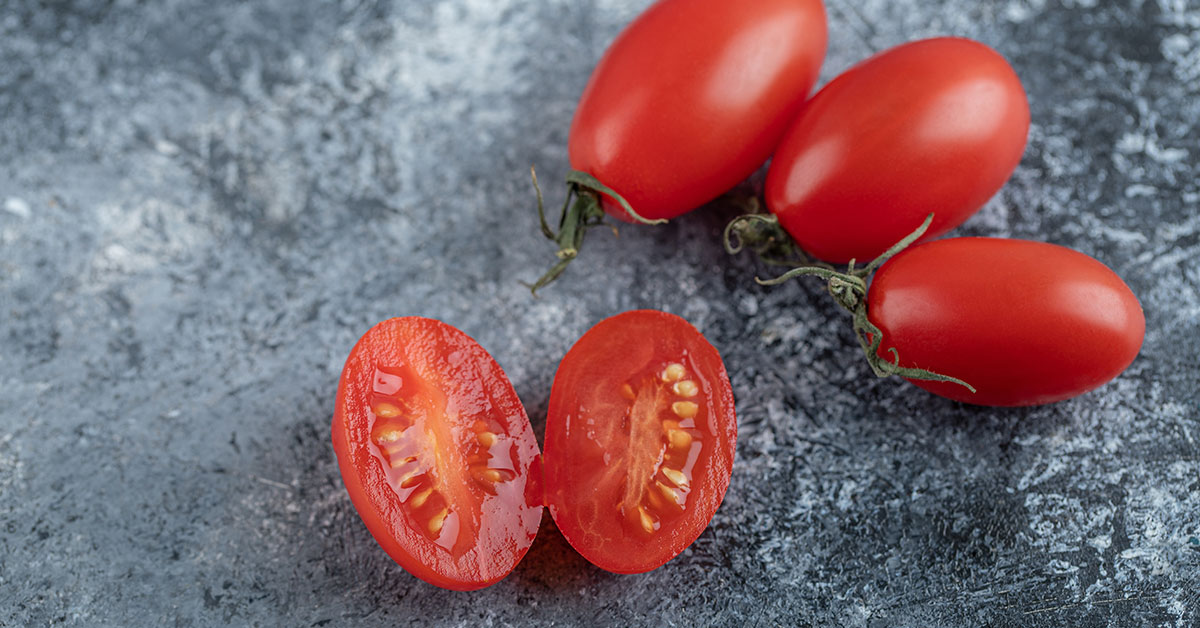As the summer heat wanes and the days grow shorter, many gardeners start to wind down their gardening activities. However, fall can be a fantastic time to enjoy a bountiful harvest of fresh vegetables. With the right choices and timing, you can extend your growing season and enjoy delicious homegrown produce well into late fall.
In this article, we’ll explore ten vegetables that thrive in the cooler temperatures of fall and can be harvested late in the season. These vegetables are hardy, easy to grow, and perfect for those looking to maximize their garden’s productivity. Let’s dive into the world of fall gardening and discover how you can keep your garden thriving!
Read More: 30 Flowers That Bloom In The Fall
Spinach
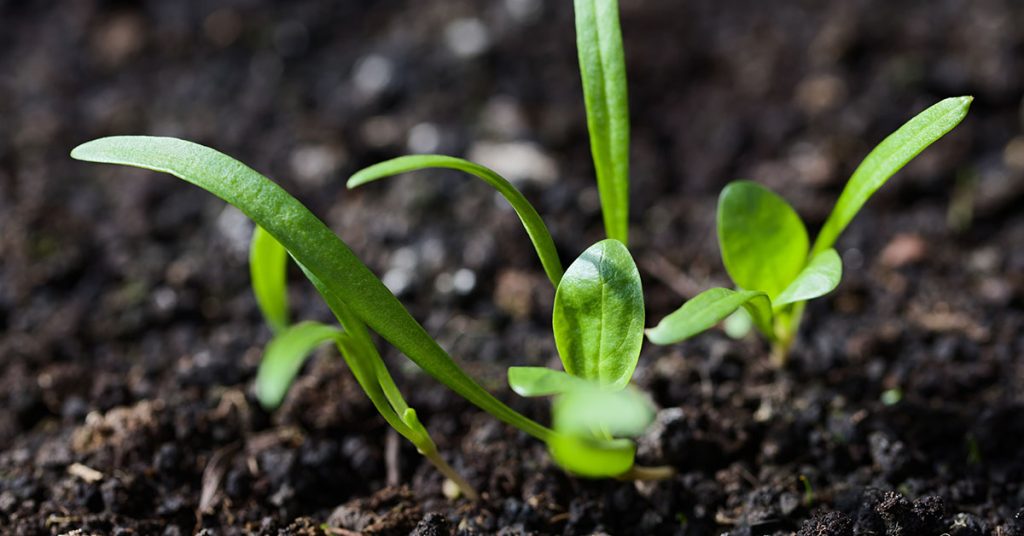
Spinach is a cool-weather crop that thrives in the fall. You can plant it in late summer to early fall and expect a bountiful harvest within 30 to 45 days. Spinach is frost-tolerant, making it ideal for extending your garden’s productivity into late fall. The cooler temperatures enhance its sweet, tender flavor.
To grow spinach, sow the seeds directly into well-drained soil with plenty of organic matter. Ensure the plants receive partial to full sun and keep the soil consistently moist. Spinach can be harvested as baby greens or allowed to mature for larger leaves. I love having fresh spinach available for salads and soups during the cooler months!
Carrots
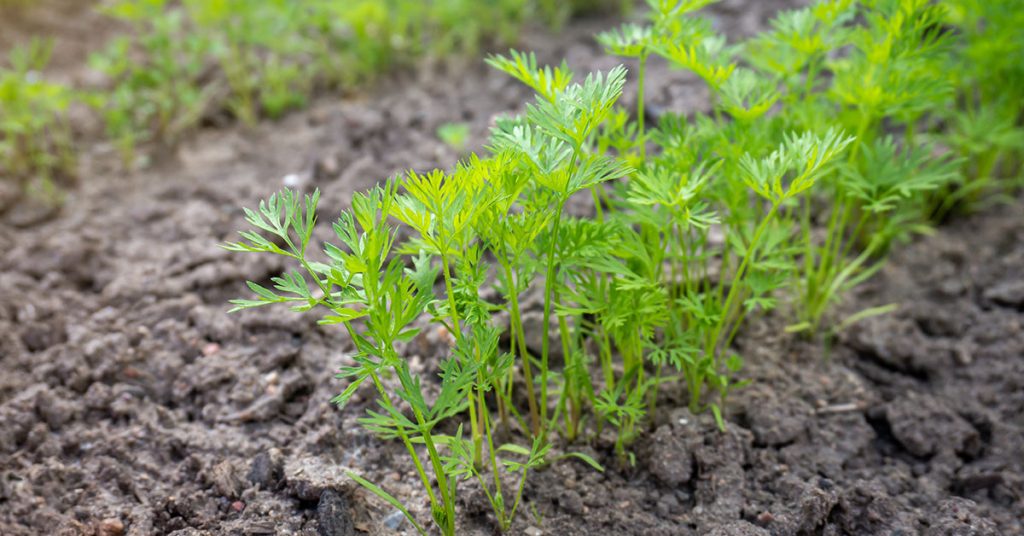
Carrots are another excellent choice for a late fall harvest. Plant them in late summer, about 10 to 12 weeks before the first expected frost. Carrots can remain in the ground even after the first frost, as the cold temperatures can enhance their sweetness. Depending on the variety, you can expect to harvest carrots in 60 to 80 days.
Carrots prefer loose, well-drained soil and full sun to partial shade. Ensure the soil is free of rocks and debris to allow the roots to grow straight and long. Regular watering is essential to keep the soil moist. I find it incredibly satisfying to pull up fresh, sweet carrots from the garden in late fall!
Kale
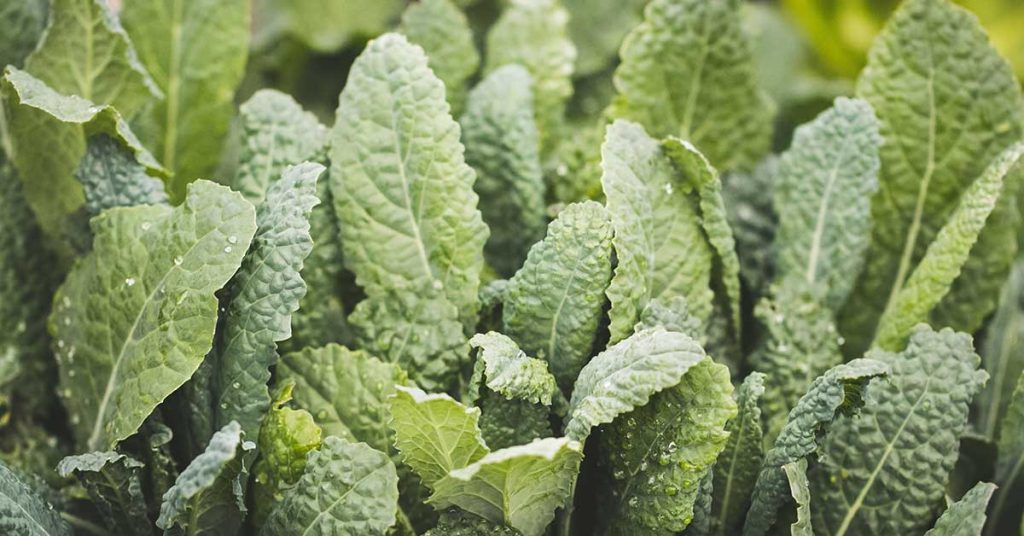
Kale is one of the hardiest leafy greens, thriving in cooler temperatures and even improving in flavor after a frost. Plant kale in late summer to early fall for a harvest that can continue into late fall and even early winter. Depending on the variety, kale is ready to harvest in about 55 to 75 days.
To grow kale, plant the seeds in well-drained soil enriched with compost. Kale prefers full sun but can tolerate partial shade. Keep the soil consistently moist and provide regular feedings with a balanced fertilizer. Kale is one of my favorite fall vegetables for its versatility in the kitchen and its ability to withstand cold weather!
Radishes
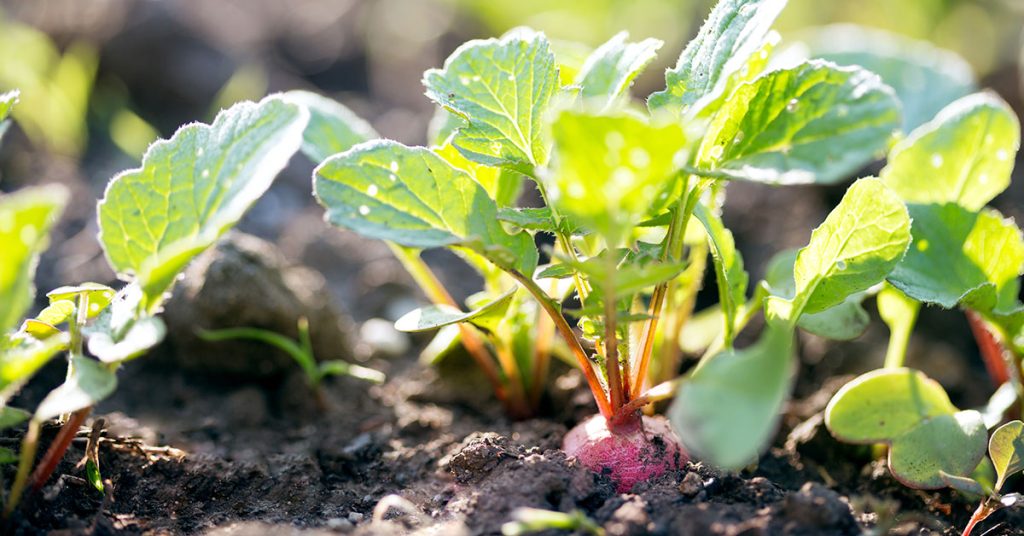
Radishes are quick-growing root vegetables that are perfect for a late fall harvest. You can plant them in late summer to early fall and expect to harvest within 25 to 35 days. Radishes thrive in cooler temperatures, which help them develop a crisp texture and mild flavor.
Plant radish seeds directly in the soil, spacing them appropriately to allow for root development. Radishes prefer full sun and well-drained soil. Water them regularly to keep the soil moist. I love the quick turnaround time of radishes, making them a great option for continuous planting and harvesting throughout the fall!
Beets
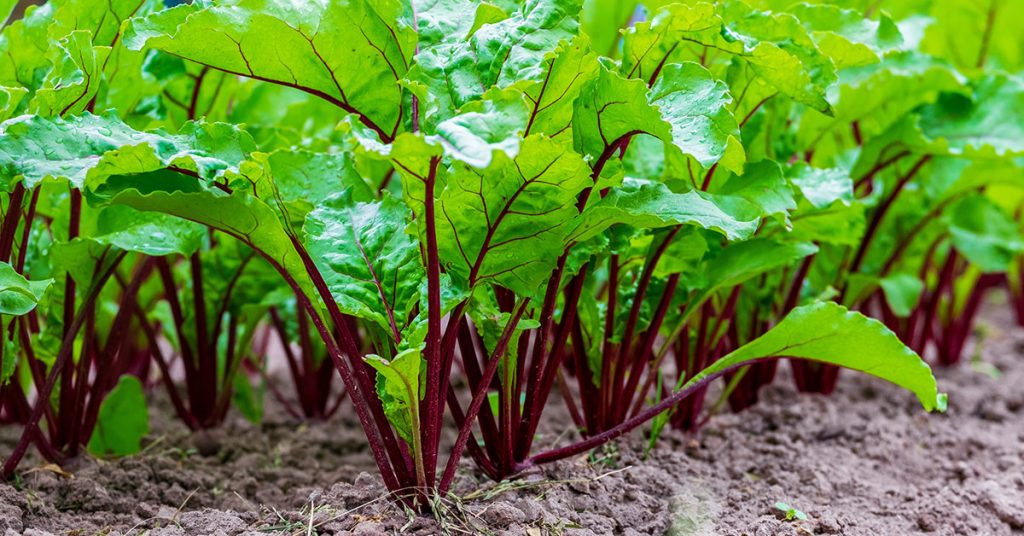
Beets are another excellent choice for a late fall harvest. Plant them in late summer, about 8 to 10 weeks before the first frost. Beets can be harvested in 55 to 70 days, and their flavor improves with cooler temperatures. You can harvest both the roots and the nutritious beet greens.
Beets grow best in loose, well-drained soil with full sun. Ensure the soil is free of rocks and debris to allow the roots to develop properly. Water them regularly and keep the soil moist. I enjoy the earthy flavor of beets and the versatility of using both the roots and greens in various dishes!
Turnips

Turnips are a fast-growing root vegetable that thrives in cooler temperatures. Plant turnips in late summer to early fall, and you can expect a harvest within 40 to 60 days. Both the roots and greens are edible, providing a dual-purpose crop for your fall garden.
Turnips prefer well-drained soil with plenty of organic matter and full sun. Sow the seeds directly into the soil and keep the area well-watered. Turnips can tolerate light frost, which can enhance their flavor. I love the unique taste of turnips and their versatility in soups, stews, and roasted dishes!
Brussels Sprouts
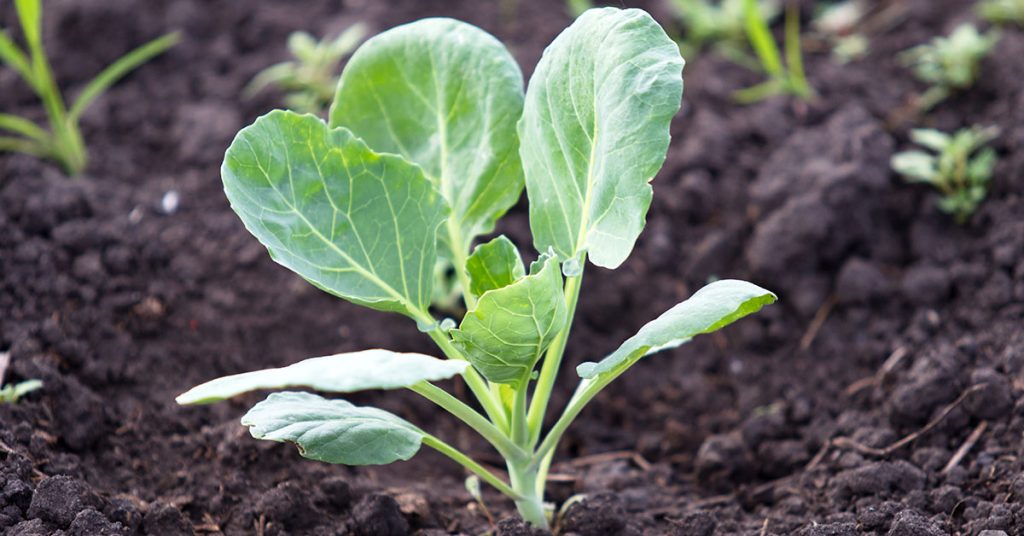
Brussels sprouts are a cool-weather crop that improves in flavor after a frost. Plant them in mid to late summer for a late fall harvest. Depending on the variety, Brussels sprouts take about 85 to 110 days to mature. The small, cabbage-like sprouts develop along the plant’s stalk and can be harvested progressively.
To grow Brussels sprouts, plant them in well-drained soil with plenty of organic matter and full sun. They require regular watering and occasional feeding with a balanced fertilizer. I enjoy the rich, nutty flavor of Brussels sprouts roasted or sautéed, especially when harvested fresh from the garden!
Broccoli
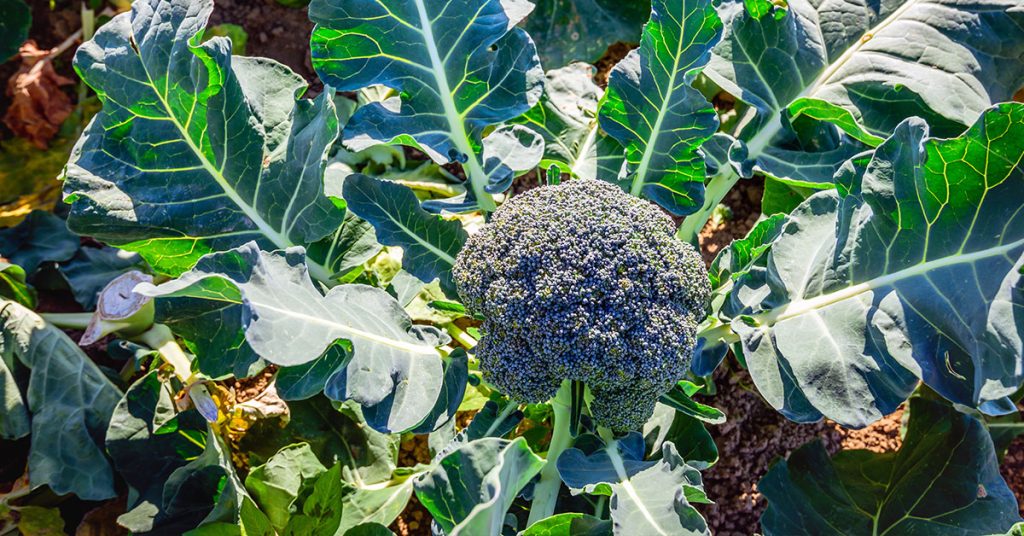
Broccoli is another hardy vegetable that thrives in the cool temperatures of fall. Plant broccoli in late summer, about 10 to 12 weeks before the first frost. Broccoli takes about 70 to 100 days to mature, and its flavor is enhanced by cooler temperatures and light frost.
Plant broccoli seeds or transplants in well-drained soil with plenty of compost. Broccoli prefers full sun and regular watering to keep the soil consistently moist. Harvest the central head first, and side shoots will continue to produce smaller heads. Freshly harvested broccoli is one of my favorite vegetables for its crisp texture and vibrant flavor!
Swiss Chard
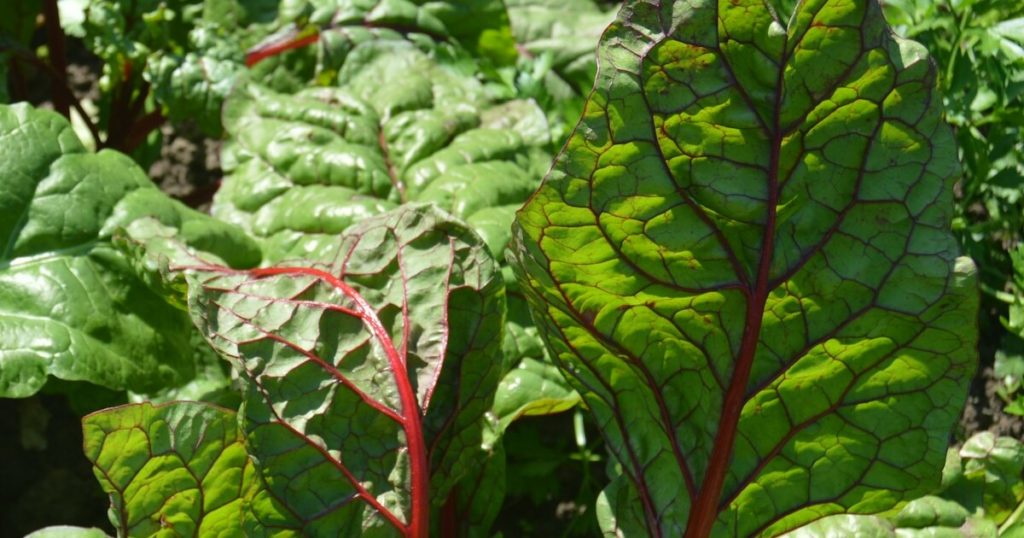
Swiss chard is a leafy green that thrives in cooler weather and can be harvested well into late fall. Plant it in late summer for a harvest in about 55 to 65 days. Swiss chard is frost-tolerant and can continue producing leaves even after the first frost.
Plant Swiss chard seeds in well-drained soil with plenty of organic matter and full sun to partial shade. Keep the soil consistently moist and harvest the outer leaves regularly to encourage new growth. I love the colorful stems and nutrient-rich leaves of Swiss chard, which add beauty and nutrition to my fall garden!
Cabbage
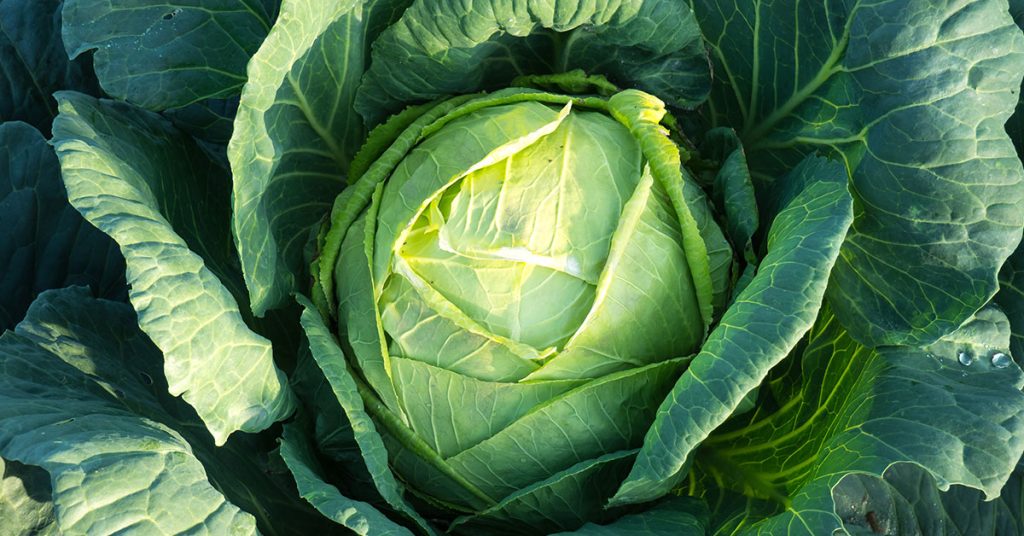
Cabbage is a cool-weather crop that thrives in the fall and can withstand light frost. Plant cabbage in late summer to early fall for a harvest in about 70 to 100 days, depending on the variety. Cabbage heads develop best in cooler temperatures, resulting in crisp, flavorful leaves.
Plant cabbage seeds or transplants in well-drained soil enriched with compost. Cabbage prefers full sun and regular watering to keep the soil moist. Harvest the heads when they are firm and fully developed. Fresh cabbage is a versatile vegetable that can be used in salads, slaws, and cooked dishes, and it’s one of my favorites to grow for its hardiness and taste!
By planting these vegetables, you can enjoy a bountiful harvest even as the days grow shorter and cooler. Each of these plants is well-suited for fall gardening and offers a variety of delicious and nutritious produce.


